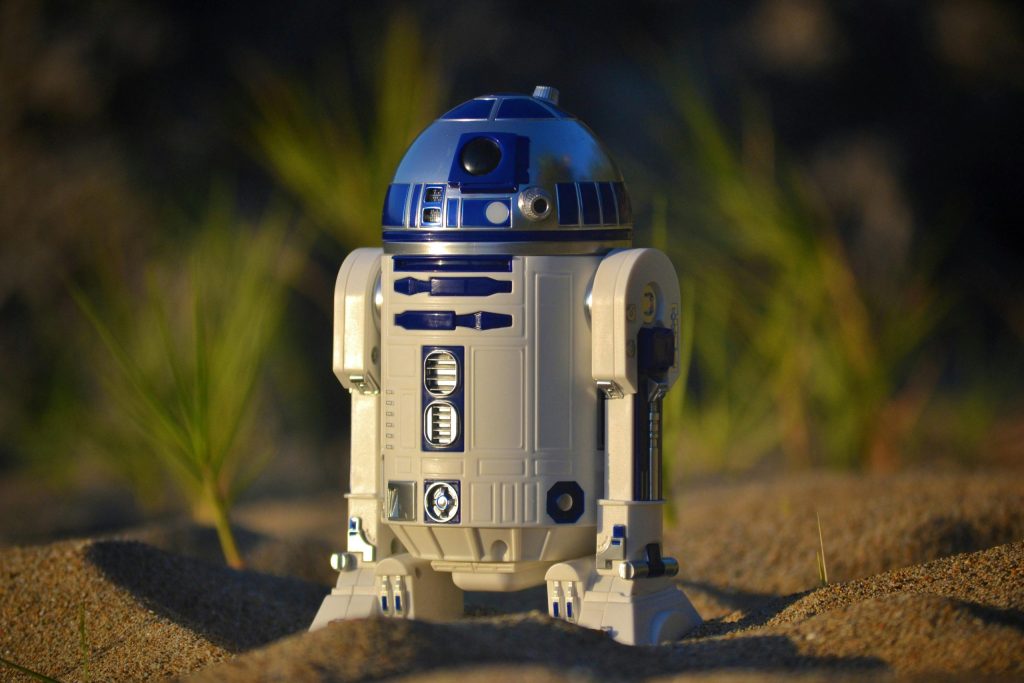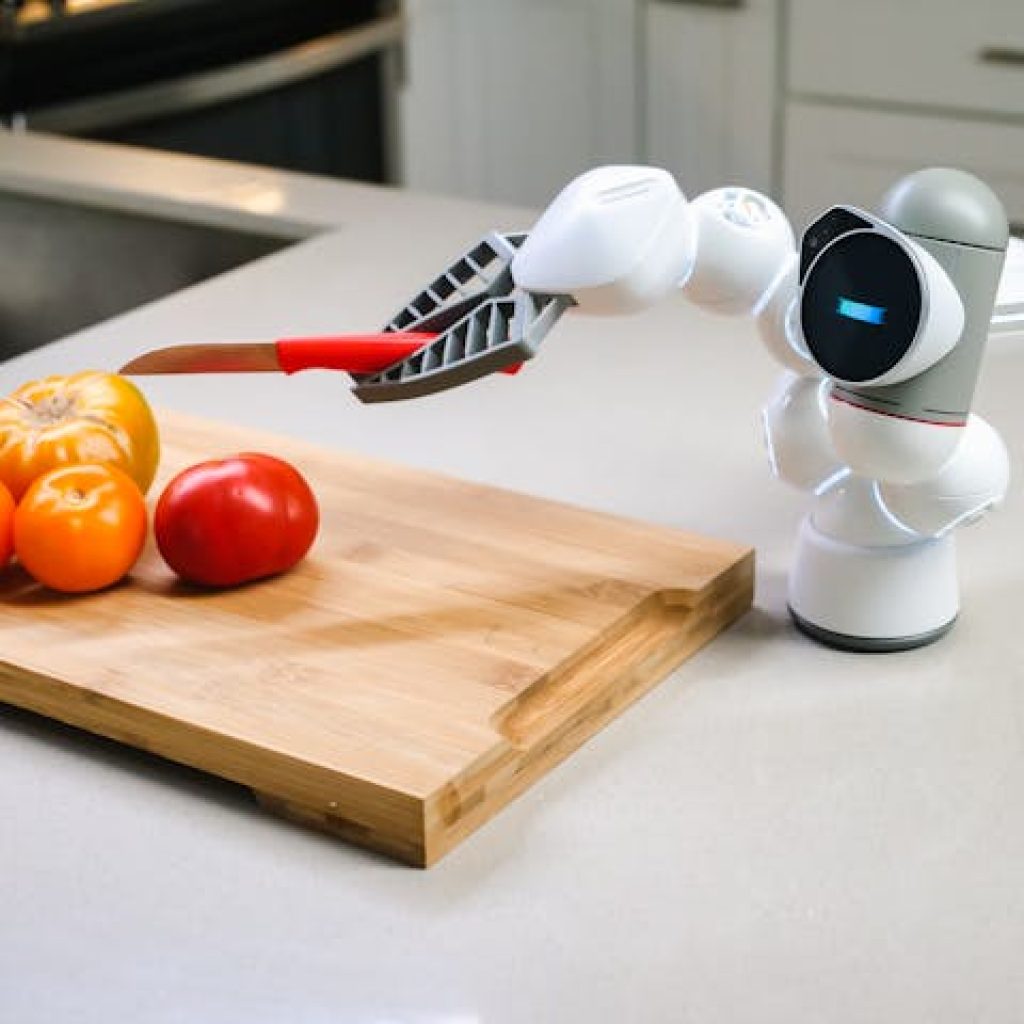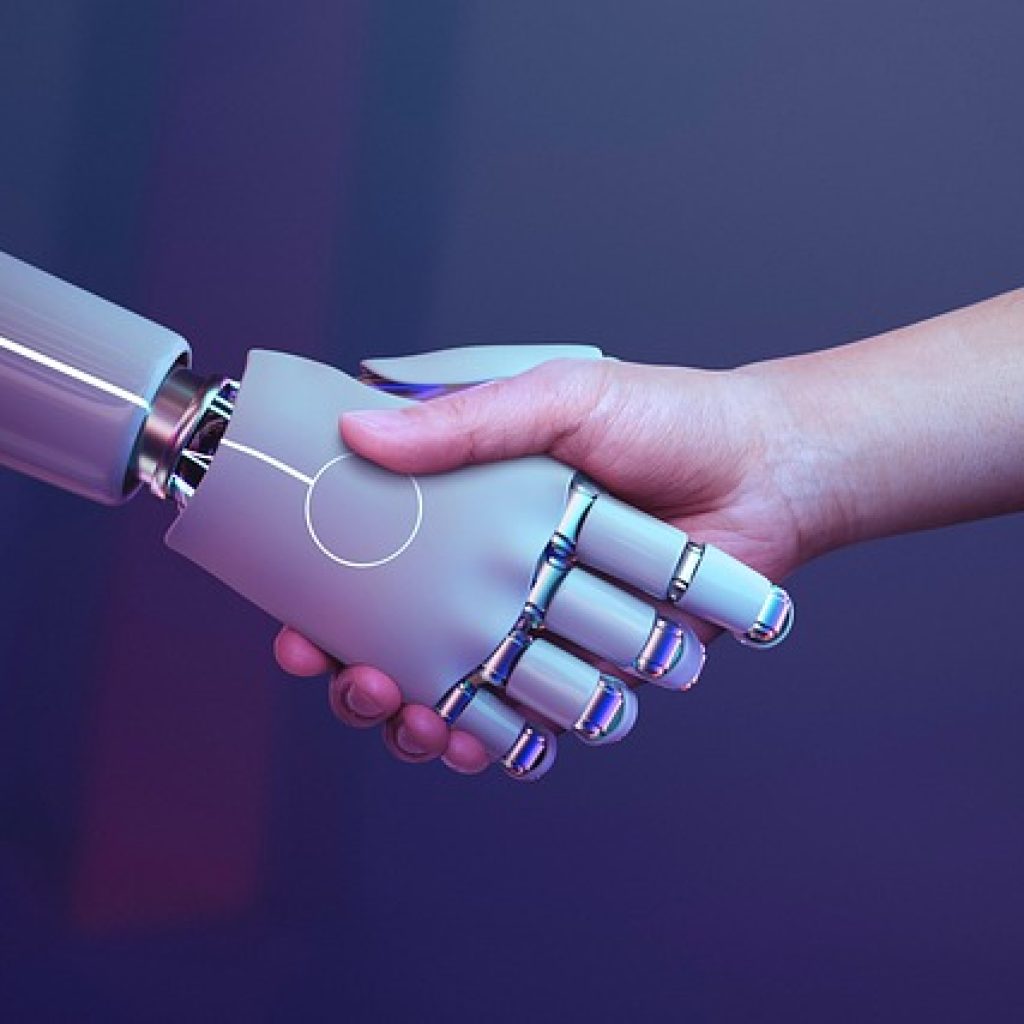Stunning Robotics: 7 Best Trends for 2025
Robotics is one of the most dynamic and transformative fields in technology today. With advancements in AI, automation, and smart gadgets, robotics is reshaping industries, from healthcare and manufacturing to education and entertainment. As we approach 2025, the pace of innovation is accelerating, bringing us closer to a future where robots are not just machines but integral partners in our daily lives. In this article, we’ll dive into the top seven robotics trends to watch in 2025, exploring how they’re redefining the way we live, work, and interact with the world around us.
—
1. AI-Driven Robotics: The Rise of Intelligent Machines
One of the most exciting trends in robotics for 2025 is the integration of advanced AI systems into robotic devices. AI-driven robots are no longer limited to repetitive tasks; they can now think, learn, and adapt in real-time. These intelligent machines are equipped with machine learning algorithms that enable them to process vast amounts of data, recognize patterns, and make decisions autonomously.
For instance, AI-powered robots like Boston Dynamics’ Spot and Atlas are already being used in industries such as construction, agriculture, and even military operations. These robots can navigate complex environments, avoid obstacles, and perform tasks that require precision and adaptability. In 2025, we can expect even more sophisticated AI capabilities, such as natural language processing, enabling robots to understand and respond to voice commands with greater accuracy.
—
2. Collaborative Robots (Cobots): Enhancing Human-Machine Collaboration
Collaborative robots, or cobots, are designed to work alongside humans, enhancing productivity without replacing human workers. Unlike traditional industrial robots that operate in isolated environments, cobots are built to interact safely and seamlessly with people. Equipped with sensors, AI, and advanced automation, cobots are transforming industries like manufacturing, healthcare, and logistics.
In 2025, cobots will become even more intelligent and intuitive. For example, cobots in manufacturing will be able to anticipate their human counterparts’ actions, offering real-time suggestions to optimize workflows. In healthcare, cobots like Hocoma’s Andago may assist physical therapists by providing personalized rehabilitation programs tailored to patients’ needs. These machines will not only improve efficiency but also enhance human well-being by reducing physical strain and repetitive tasks.
—
3. Personal Robotics: Robots in Your Home and Workspace
Personal robotics is another trend that’s gaining momentum in 2025. Robots like Amazon’s Astro and iRobot’s Roomba are already making waves in the consumer market, offering personalized assistance in homes and offices. These gadgets use AI and automation to perform tasks such as cleaning, security monitoring, and even delivering items.
In 2025, personal robots will become even more advanced. For example, robots like LG’s Cloi will act as intelligent assistants, managing your schedule, controlling smart home devices, and even cooking meals. These robots will learn your preferences over time, offering a highly personalized experience. The line between technology and companionship will blur further, making robots an integral part of everyday life.
—
4. Soft Robotics: The Next Generation of Flexible Machines
Soft robotics is a cutting-edge field that focuses on creating robots with flexible, pliable structures rather than rigid metal frames. These robots are inspired by nature, mimicking the movements of octopuses, worms, and even human fingers. Soft robots are ideal for delicate tasks such as handling fragile objects, assisting in surgeries, or interacting with humans in sensitive environments.
In 2025, soft robotics will see significant advancements, particularly in medical applications. For instance, soft robotic gloves developed by companies like Soft Robotics Inc. will help surgeons perform intricate procedures with greater precision and dexterity. Additionally, soft robots will be used in agriculture to gently pick and pack fruits and vegetables, reducing waste and improving efficiency.
—
5. Robotics in Healthcare: Revolutionizing Patient Care
The healthcare industry is one of the biggest beneficiaries of robotics innovation. From surgical robots to rehabilitation devices, robotics is transforming the way doctors and patients interact. In 2025, we’ll see even more groundbreaking applications of robotics in healthcare.
Surgical robots like the da Vinci SP will become more widespread, enabling surgeons to perform complex procedures with higher accuracy and minimal invasiveness. Additionally, robotic nurses and patient assistants will become more common, helping with tasks such as monitoring vital signs, administering medication, and assisting with physical therapy. These innovations will not only improve patient outcomes but also reduce healthcare costs and shortages of skilled workers.
—
6. Autonomous Delivery Robots: Transforming Logistics
Autonomous delivery robots are another exciting trend in robotics for 2025. These bots are revolutionizing the logistics industry by enabling fast, efficient, and contactless delivery of goods. Companies like Nuro, FedEx, and Amazon are already testing autonomous delivery robots in cities worldwide, and we can expect this trend to accelerate in the coming years.
Autonomous delivery robots use advanced AI, sensors, and navigation systems to deliver packages, groceries, and even meals. They operate on sidewalks, navigating around pedestrians and obstacles with ease. In 2025, these robots will become more prevalent, reducing traffic congestion, lowering delivery costs, and providing greater convenience for consumers.
—
7. Humanoid Robots: The Future of Social Interaction
Humanoid robots, designed to resemble humans in appearance and movement, are also making strides in 2025. These robots are equipped with advanced AI, enabling them to interact with humans in a highly intuitive and engaging way. Humanoid robots like Honda’s ASIMO and SoftBank’s Pepper are already being used in retail, hospitality, and education, offering personalized services to customers and students.
In 2025, humanoid robots will become more sophisticated, with enhanced facial recognition, emotional intelligence, and natural language processing capabilities. These robots will not only assist with tasks but also provide companionship, making them ideal for elderly care, mental health support, and even education. The potential for humanoid robots to enhance human connections is immense, and we can expect exciting developments in this space.
—
Conclusion: The Future of Robotics is Here
As we approach 2025, robotics is poised to revolutionize every aspect of our lives. From AI-driven machines to humanoid robots, the trends outlined in this article highlight the incredible potential of this field. Whether you’re a professional looking to optimize your workflow or a consumer interested in the latest gadgets, robotics has something to offer.
Stay ahead of the curve by exploring the latest innovations and trends in AI, automation, and robotics. For more insights into the tech world, visit TechyPot.com and discover how technology is shaping our future.



